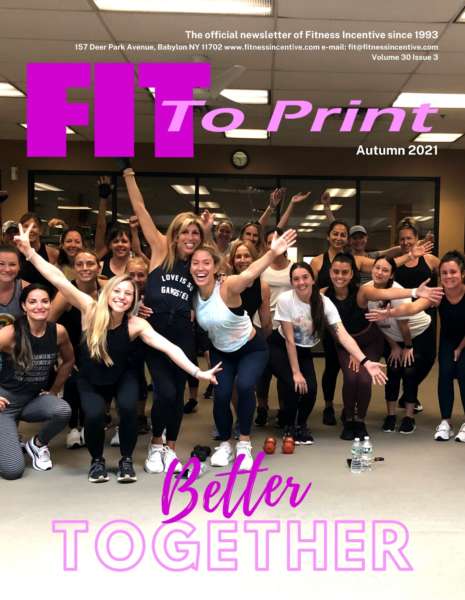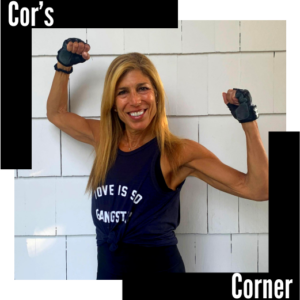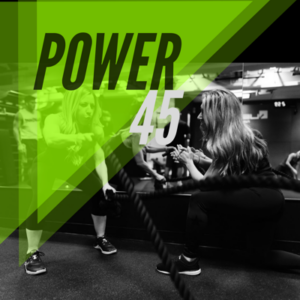
Recently, I have done a tremendous amount of research on a dietary approach that focuses not only on what but when and how frequently you eat.
- Corinne Brown

How I’m Eating Now
Most dietary concepts center around what you should be eating or how much you should be eating. This is true for many of the most popular diets: Paleo, Vegan, Keto, etc., etc. If followed carefully, many of them can work, or at least work to some degree or for some period of time. As a person who has relentlessly experimented with my own diet, I am disinclined to say what is right or wrong with any of these approaches to eating. There are strong points, as well as limitations, to them all. Recently, I have done a tremendous amount of research on a dietary approach that focuses not only on what, but when and how frequently you eat. Or perhaps don’t eat would be a better way to put it. After years – decades – of trial and error evolving my own approach to “clean” eating, I have come to the conclusion that for optimal health, intermittent fasting is what works best for me – and I believe it can work for you, too.
Now, what does “intermittent fasting” actually mean?
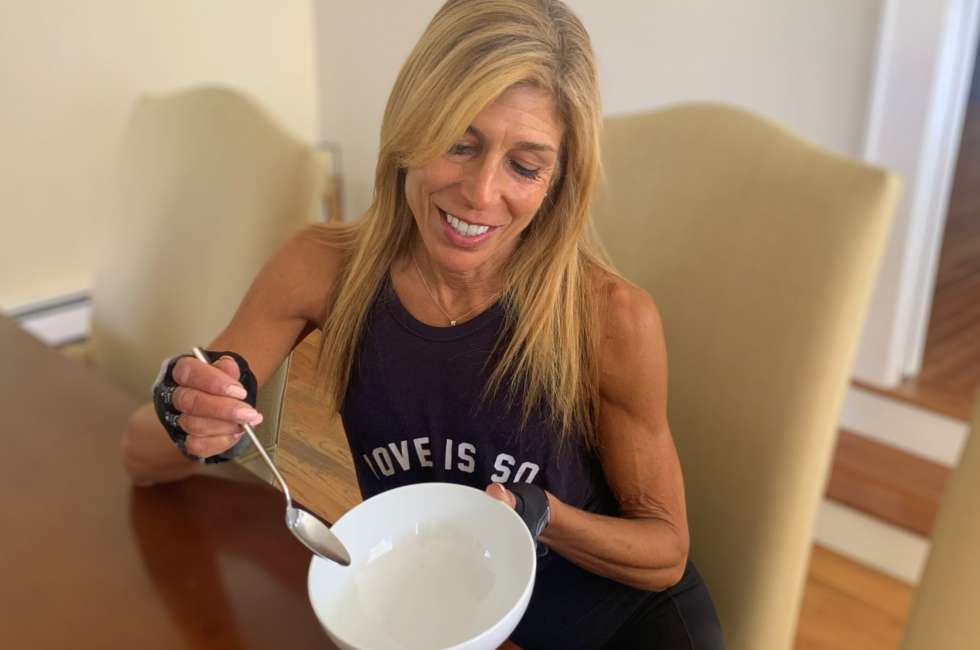
How is this achievable? You can start by skipping one meal a day. If I told you this simple act could make you feel great, lose weight, and improve your overall health, would you give it a try?
I did! Trust me, it’s not that difficult, and contrary to what you might expect, you will not feel weak or sluggish but will instead have more energy and mental clarity – a lifting of the middle age brain fog which so many people tell me they experience.
16/8 Rule
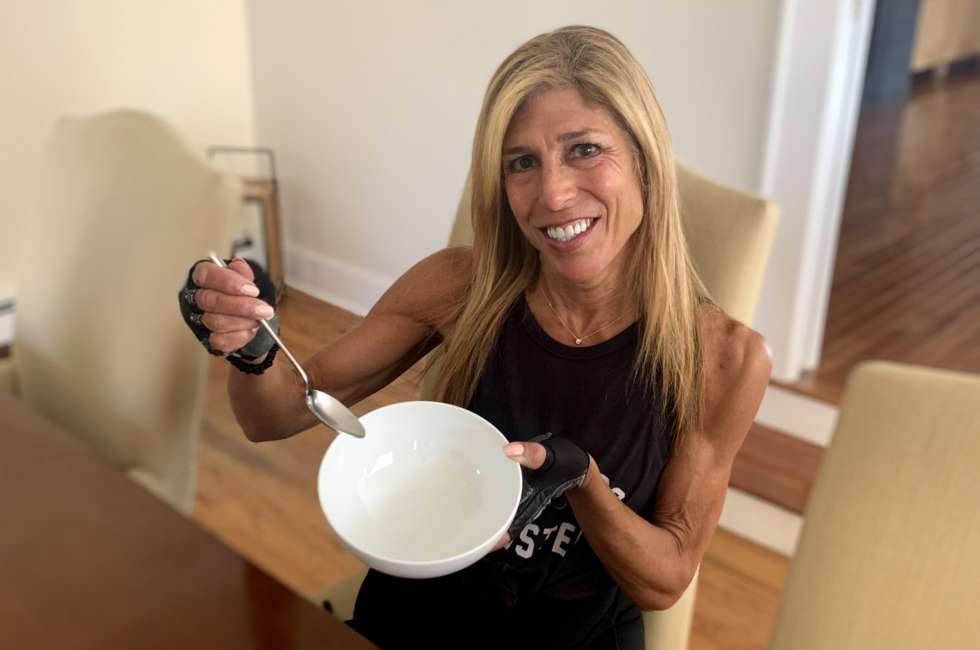
How do you accomplish this? The easiest way to start is with a 16/8 fasting pattern. This means fasting for 16 hours, then eating during an 8-hour window. For many, the simplest trick is to skip breakfast. For example, let’s say you finished your dinner around 7 pm. To follow the 16/8 rule, you would not eat again till around noon time the next day. This would provide you with a 16-17 hour fast. During the fasting period, you can have plenty of water (with lemon), as well as black coffee and plain teas (no cream or milk!), but that’s about it. You’ll find that the liquids, especially water, will help satiate your hunger and make it easier for you to stay strictly on the fast.
Breaking the Fast
Breaking your fast, your midday meal (I’m not sure I should call it breakfast or lunch) should consist of a healthy, clean meal: load up on organic veggies and good fats, like avocadoes and olive oil (do not use seed oils), while avoiding sugar. Absolutely no processed foods! You can also include cleanly prepared proteins, like eggs or lean grass-fed/pasture-raised animal proteins. This midday meal starts the clock on an approximately 7-8 hour consumption window, culminating in dinner. You may eat between the mid-day and evening meals but keep your food intake light and clean during this period: no junk food, no sweets. For dinner, which would typically be around 6-7 pm, look to consume a well-balanced, clean meal, consisting of:
Animal proteins (preferably grass-fed or pasture-raised), wild-sourced fish (avoid farm-raised fish), organic free-range eggs, and again load up on organic vegetables, such as leafy greens, arugula, romaine, cabbage, cucumbers, celery any herbs, broccoli, asparagus, mushroom’s Brussel sprouts, fennel, etc. Include healthy fats, like avocado and olive oil. A glass of wine (especially red) is fine, but don’t let it turn into a bottle of wine. And if you would like a little treat, very dark (over 80% cocoa) chocolate works great. (If you don’t like very dark chocolate, give it a chance. You will develop a palate for it. Or so my husband insists!)
OMAD!
Once you become accustomed to this routine – give it a month – and you realize you’re not going to faint or collapse, I would then suggest an occasional “OMAD” day. OMAD stands for one meal a day. This may sound impossible, but trust me, if you stick with the 16/8 plan for a while, you will actually find the occasional OMAD easy, or at least achievable. The key is to stay busy and hydrated; drink lots of water with lemon, black coffee, and plain tea to manage the times when the hunger starts poking at you. The more you do it, the easier it gets. My experience with OMAD has been that the next day you feel strikingly sharp and energized.
Beyond triggering cellular level repair, intermittent fasting is very effective at getting rid of that stubborn visceral belly fat. It starts melting off simply because you have naturally decreased your insulin levels, causing your body to tap into fat stores. So yes, you will also lose weight, with all its attendant goodness, while you restore and repair yourself at a cellular level.
OMAD and Beyond
As you advance, there’s another level of intermittent fasting you might consider: a long-term fast. These are typically 3 – 5 days. The internet is replete with stories of doctors working with patients through long-term fasting and achieving incredible health results: reversing heart disease, diabetes, high blood pressure, and more. There is also evidence that it will help you live a longer, more vital life. These cases and studies are astounding, and I suspect you’ll find them as compelling – and motivating – as I did.
DYOR
Before heading off into the world of intermittent fasting, I strongly recommend that you do your own research. There is a tremendous amount of information on intermittent fasting on the internet, and it is all at your fingertips, especially on YouTube. (two I recommend: Dr. Pradip Jamnadas and Dr. Jason Fung)
If you have any questions, please ask me; my goal in life is to make you feel great!
Building Bodies That Last!
Sponsored Links
About the Author

Corinne Brown
Corinne Brown is a fitness professional with over 40 years of experience. She is the Founder and Owner of Fitness Incentive.





